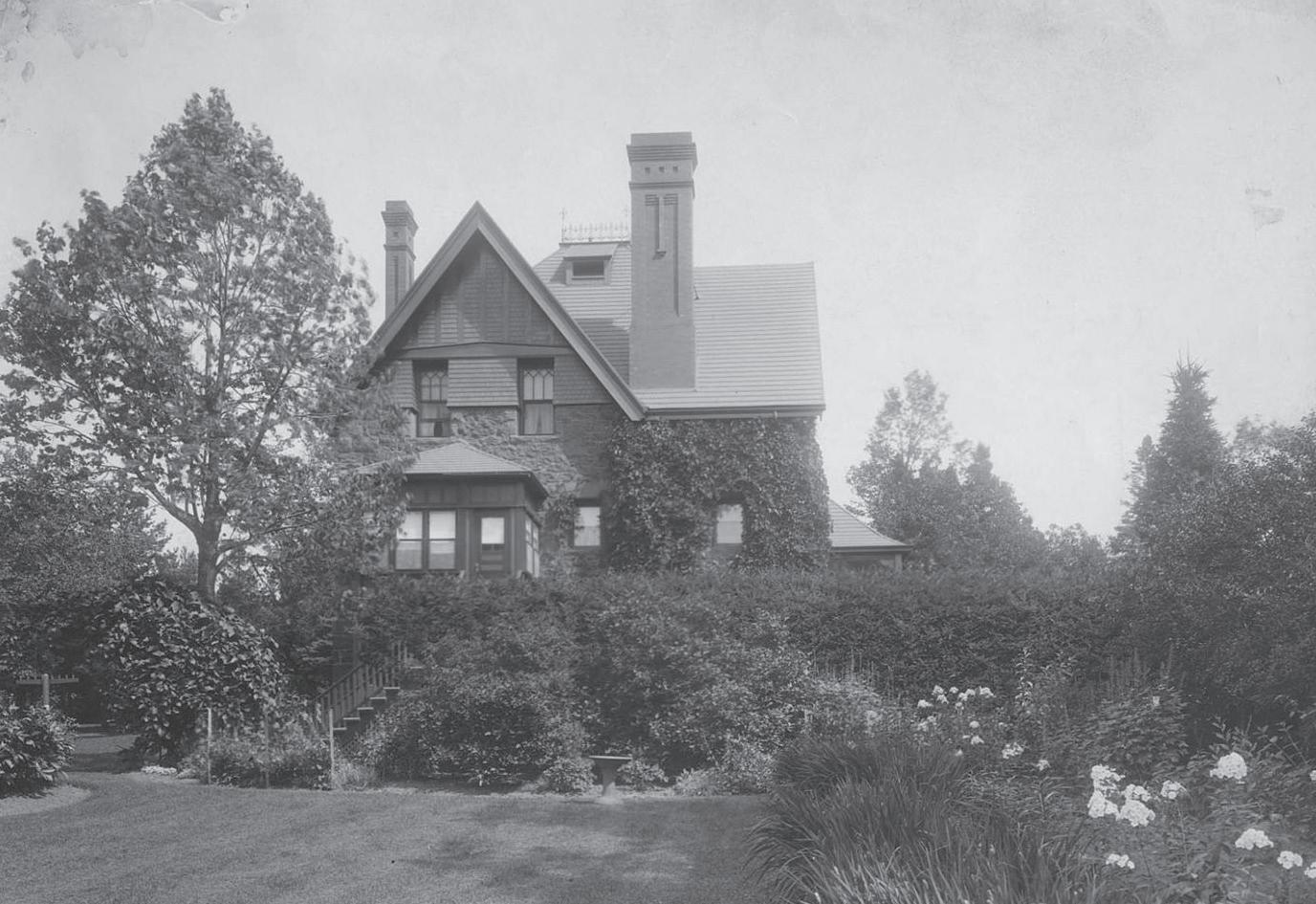
1 minute read
Hunters Park
By Adelie Bergstrom abergstrom@duluthnews.com
Hunters Park was one of Duluth’s “streetcar suburbs,” along with the likes of Lakeside and Woodland. It was settled in the 1880s by Scottish immigrant Angus Macfarlane, brother-in-law Ronald Hunter and their families.
The neighborhood generally centers on Woodland Avenue north of Arrowhead Road and south of Tischer Creek. It extends from west of Hartley Park east to about Vermilion Road.
Hunters Park today encompasses several smaller neighborhoods such as Glen Avon, centered around the original Glen Avon Presbyterian Church at Woodland and Lewis Street, and Waverly Park, east of Woodland between Snively and Arrowhead roads.
Macfarlane named Glen Avon in 1883 “for the glens of Scotland and the River Avon in England,” and within a few years, the neighborhood became home to a number of prominent Duluth business owners, many of whom lived in prominent homes along Woodland Avenue.
First platted in 1891, the neighborhood’s avenues and streets reflected a quaintness and romanticism for the founders’ homeland, according to a 1961 history by Jean Macrae published by the St. Louis County Historical Society.
Streets were named for places in Scotland (Lewis Street; Abbotsford, Melrose and Waverly avenues); prominent Scots (Bruce and Laurie streets, Wallace and Carlyle avenues); a Scottish settlement in New Zealand (Dunedin Avenue); the patron saint of Scotland (St. Andrews Street); places in England (Oxford Street; Kenilworth, Leicester and Sussex avenues); personal family members (Anna, Catharine, Elizabeth, St. Marie streets); and the queen of England (Victoria Street — now Arrowhead Road).
The old Vermilion Trail, which connected Duluth with the Iron Range, opened in 1865 and was the “earliest highway to the north,” Macrae wrote. As Hunters Park was being laid out, its stretch of Vermilion Road nearly was renamed Princeton Avenue, in keeping with the English and Scottish themes, but history-minded neighbors petitioned the city to keep the Vermilion name.
Electric streetcars arrived in the 1890s, which eased Hunters Park along from a nearly rural, forested environment to a more genteel, suburban district. The Woodland line ran until 1939. Of note is the former Glen Avon streetcar station, 2102 Woodland Ave., long ago converted to a private residence.
Today the neighborhood retains its quaint, residential charm, with well-kept older homes dotting the landscape on either side of Woodland Avenue, which remains a main thoroughfare. Hartley Park and Hartley Nature Center anchor the neighborhood’s northwest corner.










